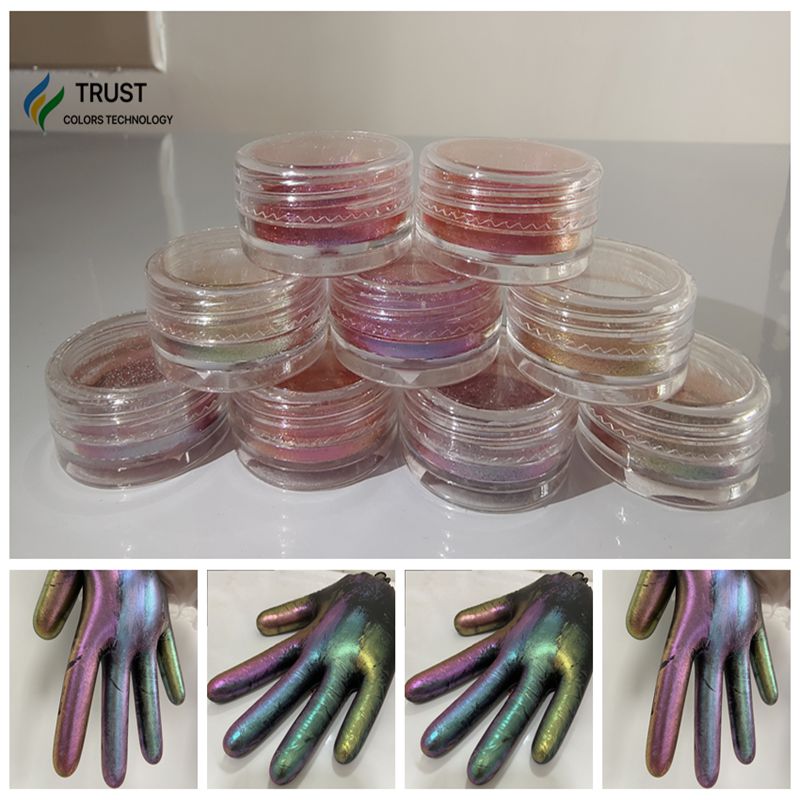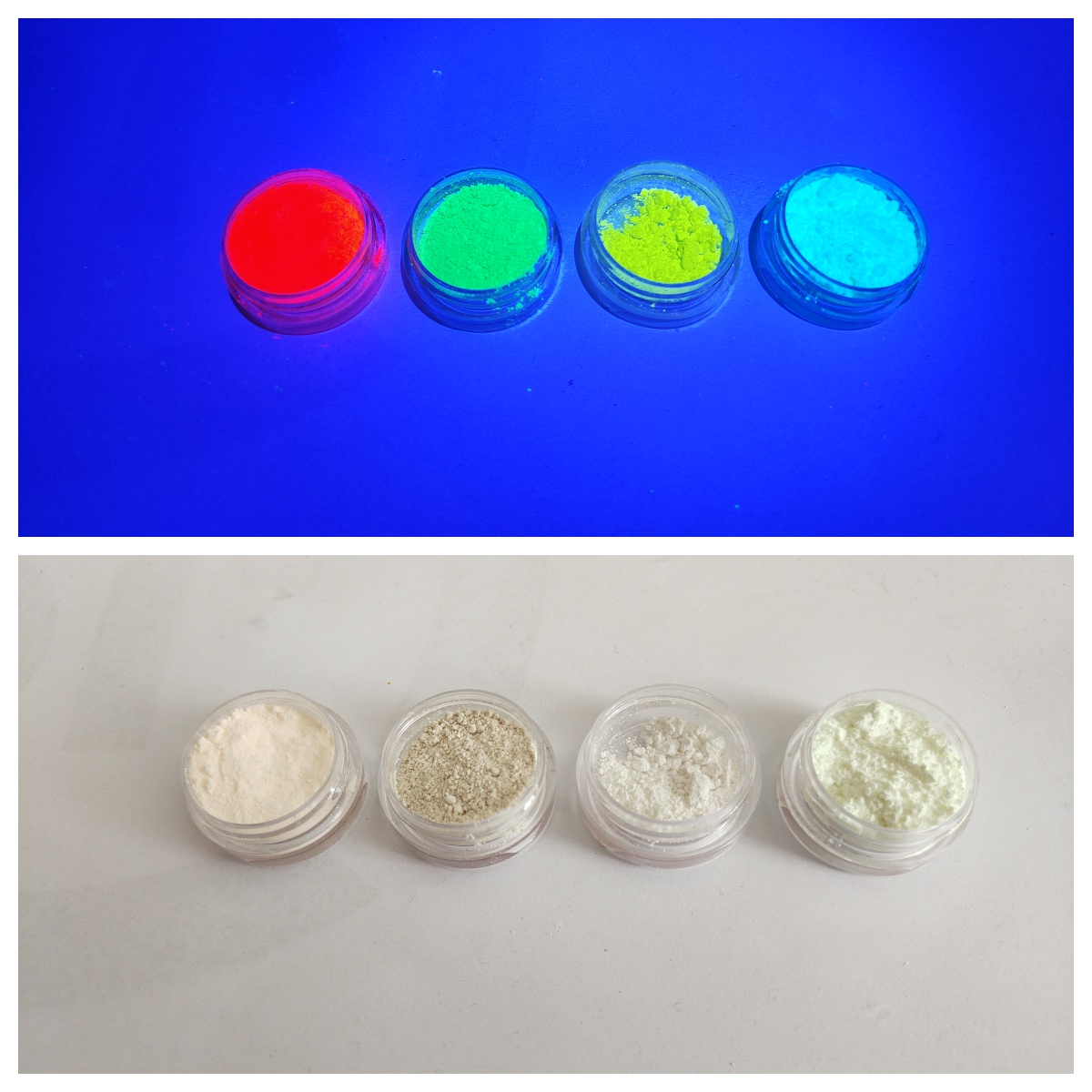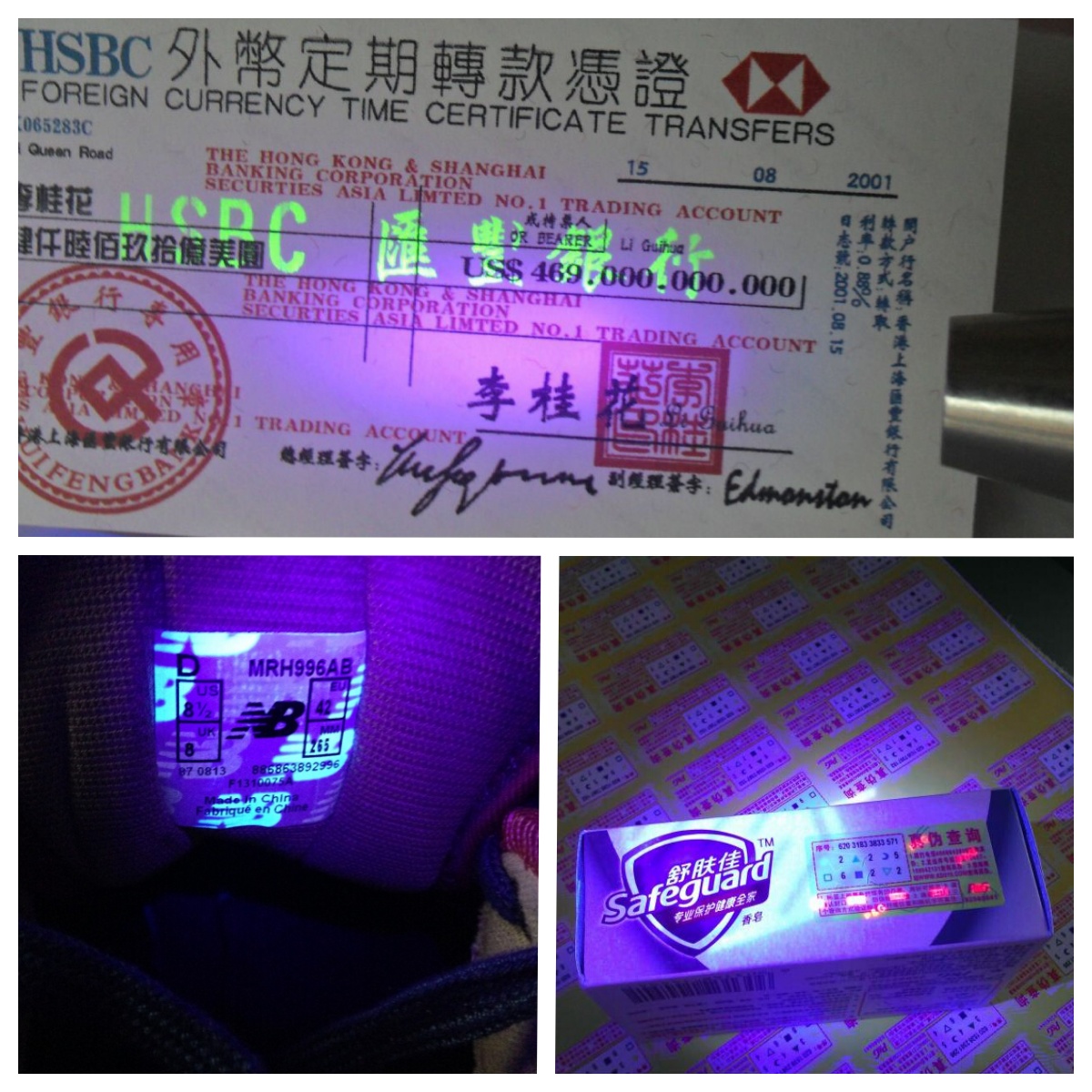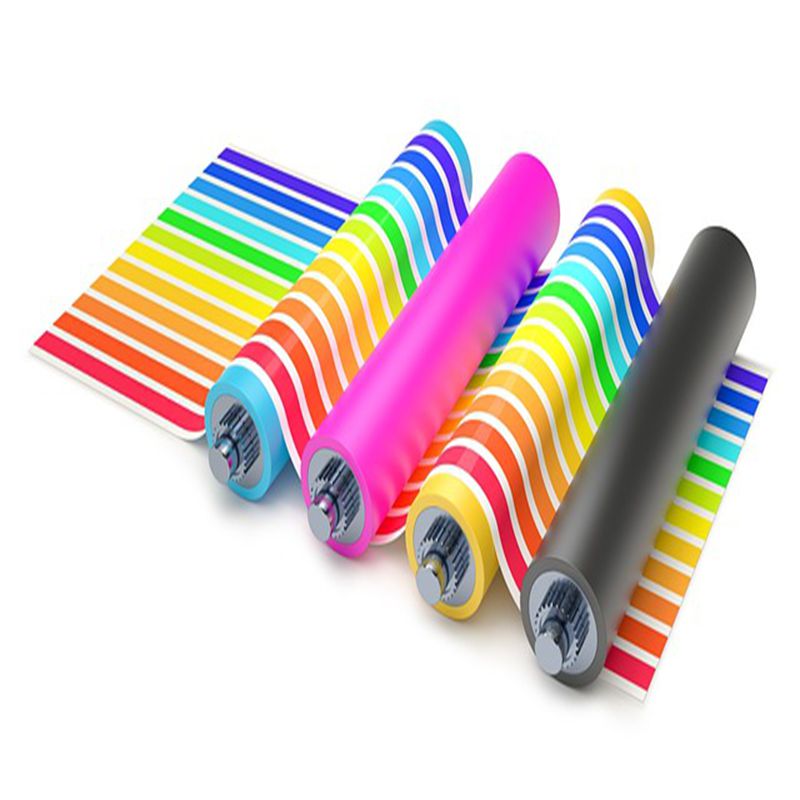Introduction and application of heat sensitive pigments
Understand heat sensitive pigments and the principle of color change
*heat sensitive pigments are composed of microcapsules coated with temperature sensitive pigments, with an average particle size of 2-8μm.
*heat sensitive pigments can change color with the change of temperature and are very sensitive to the external environment. Therefore, microencapsulation technology is used to protect the temperature sensitive pigments, which enhances the stability and durability of the temperature change of the pigments.
*heat sensitive pigments change their internal structure when they are heated and become pale. When they are cooled, the internal pigments recover their original structure and colors.
Wide application range
Textile shoes and clothing, fiber processing, daily use
Products, craft gifts, cosmetics, play
With, ink, anti-counterfeiting and so on!
Precautions for use
Reversible thermochromic pigment itself is an unstable system (stability is difficult to change), so its light resistance, heat resistance, aging resistance and other properties are far less than ordinary pigments, which should be paid attention to in use.
1. Light intolerance:
Thermochromic pigments have poor light resistance and will fade and fail when exposed to strong sunlight. Therefore, they are suitable for indoor use and should avoid exposure to strong sunlight and ultraviolet lights, which is conducive to extending the service life of color-changing pigments.
2, heat resistance:
Thermochromic pigments can withstand 230 degrees in a short period of time, can be applied to injection molding and high temperature curing, in addition, when the temperature is greater than 80 degrees, the organic matter that constitutes the color-changing system will also begin to degrade, so color-changing pigments should avoid long-term work at temperatures above 75 degrees.










